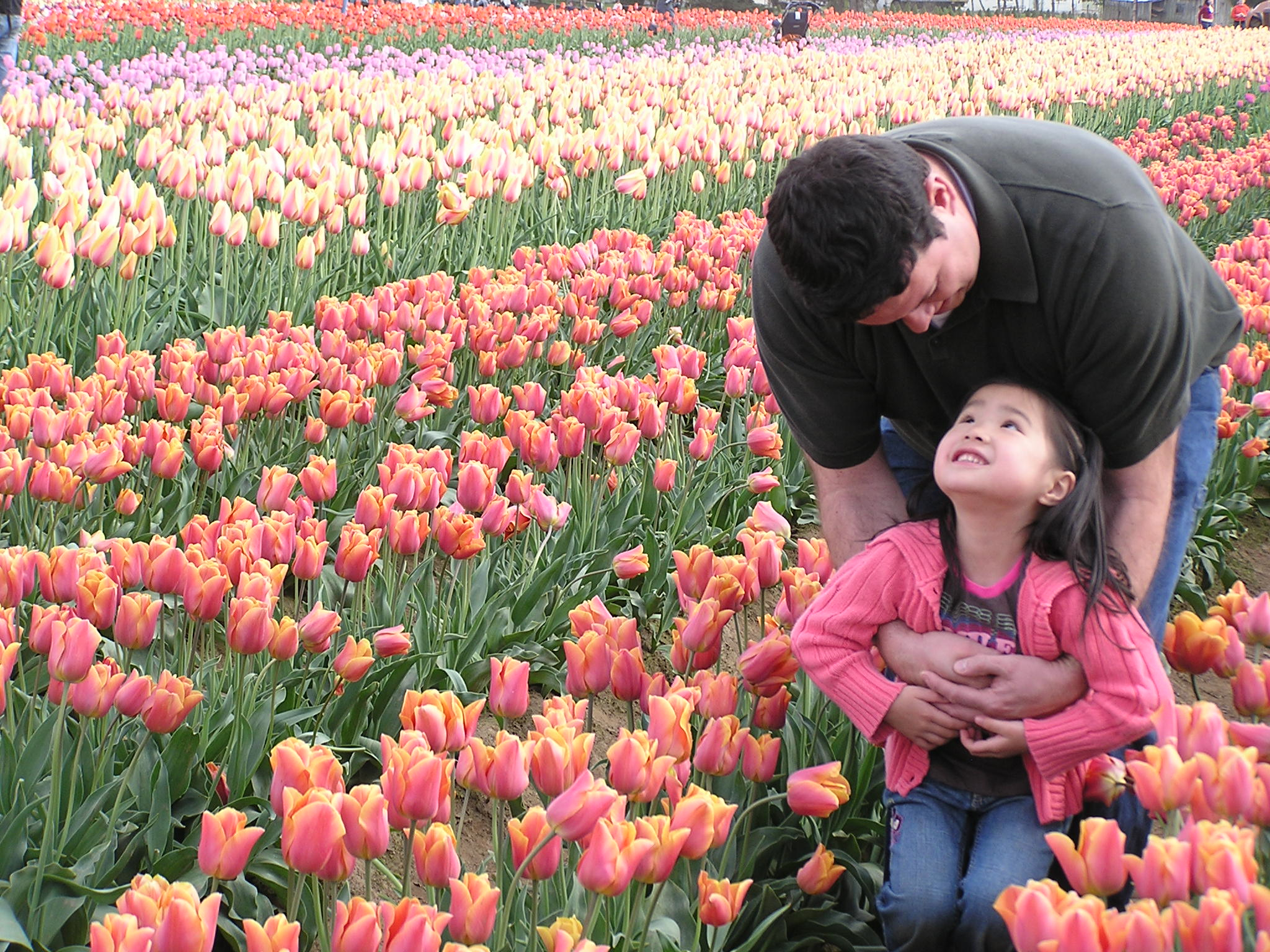As my seventh summer as camp director has come to an end, I sit and reflect on what we’ve learned and how the camp has grown over the years as a program and a Post Adoption Service. We’ve come to expect shockingly real and honest advice about how to navigate the challenges of adoption from both Adoptees and Adoptive Parents, and this year was no exception. We heard stories of struggle and triumph as Adoptees and Adoptive Parents from around the country proudly shared their personal experiences on topics ranging from racism and public perception to insensitive policies in the schools and the neighborhood bully. Each story unique in its occurrence but bound by the common thread of the Adoption experience.
These pearls of wisdom have taught us a lot about the current life of a family created through adoption. Given the safe space and opportunity, the campers and parents, alike, eagerly expressed what was good and what was bad about life in adoption. Out of these conversations, I heard two separate languages being used for adoption talk. There was a shared language that both parents and Adoptees spoke fluently. This language was gentle and smooth, provoking happy images of family, laughter and love. Adoptive Parents, in particular, were eager to use this language. As they spoke, their faces lit up and they struggled to pace themselves, excited to be speaking this language with other adults who understood it as well as they did. Judging from the similarity between the phrases, tones, and inflections everyone used, this must have been the language that was spoken at home.
Then I heard Adoptees and Adoptive Parents use a second adoption language. They were all very rusty at this dialect, as their tempo and cadences stuttered while trying to find the right words to say. This language provoked images of sadness, weariness and struggle. It was clear that they didn’t speak this language with one another very often, because unlike the shared language, they used different terms and phrases while describing the same feelings, frustrations, and experiences. Interestingly, it was this language that Adoptees were champing at the bit to speak. Hesitant at first and unsure of their abilities, they gained momentum. They took cues from other Adoptees, discovered that mistakes were the best way to learn, and in time, the language became more fluid and articulate which allowed beautiful and tragic stories to emerge. Like their parents with the shared language, Adoptees were thrilled to be speaking this language with others who would understand it.
In the end, these two languages are part of the same vernacular. While one piece is clearly used more often, the other piece is a vital component of strong communication between you and your child. Adoptees are craving to practice and become fluent in the more obscure piece of this language, and ultimately, it’s the Parents’ responsibility to practice this language with their child in order to better understand what type of support they’re asking for.

